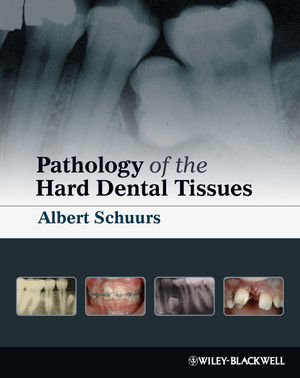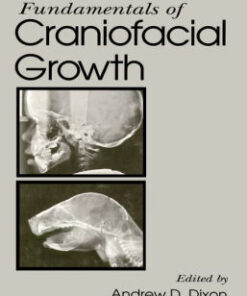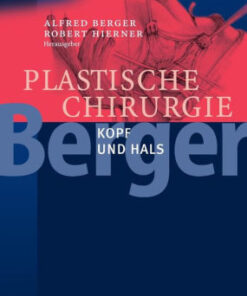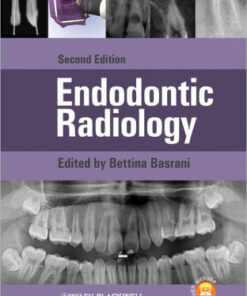(PDF) Pathology of the Hard Dental Tissues By Albert Schuurs
$18.00
Download instantly Pathology of the Hard Dental Tissues By Albert Schuurs. It is ebook in PDF format.
ISBN-10: 1405153652 ISBN-13: 9781405153652
Preview
This is the PDF eBook version for Pathology of the Hard Dental Tissues By Albert Schuurs
Table of Contents
Introduction vii Prior to and during the development of the teeth within the jaws vii During the eruption of teeth vii After the eruption of the teeth vii Genetics vii Interpretation of family trees viii SECTION I: DEVELOPMENTAL ANOMALIES 1 1 Anomalies of Number 3 1.1 Introduction 3 1.2 Hypodontia 3 1.3 Hyperdontia 11 1.4 Fusion and partial schizodontia 19 1.5 Concrescence 26 2 Deviations in Tooth Morphology and Size 27 2.1 Introduction 27 2.2 Compression 27 2.3 Dens invaginatus 27 2.4 Palato-gingival groove 32 2.5 Dilaceration 32 2.6 Enamel pearls and enamel extensions 33 2.7 Fused roots 35 2.8 Macro- and microdontia 36 2.9 Other developmental anomalies of the tooth crowns 39 2.10 Extra cusps 40 2.11 Supernumerary roots 44 2.12 Taurodontism 47 2.13 Consequences 49 3 Developmental Structural Anomalies of Enamel and Dentine 50 3.1 Introduction 50 3.2 Developmental and acquired structural anomalies of the enamel 52 3.3 Hereditary amelogenesis imperfecta 79 3.4 Developmental structural anomalies of the dentine 86 SECTION II: ANOMALIES OF ERUPTION 97 4 Deviations in Timing and Site of Eruption 99 4.1 Eruption 99 4.2 Abnormal eruption times 102 4.3 Anomalies of site of eruption 114 SECTION III: POST-ERUPTION HARD TISSUE PHYSIOLOGICAL CHANGES AND PATHOLOGICAL CONDITIONS 121 5 Caries 123 5.1 Introduction 123 5.2 Bacteria in caries 123 5.3 The substrate 127 5.4 The initial lesion (enamel) 127 5.5 Progression of the carious lesion 130 5.6 Root caries 132 5.7 Some risk factors 133 5.8 Identifi cation of carious lesions 136 5.9 Rate of progression of the carious process 139 5.10 Epidemiology 140 5.11 Prevention 142 5.12 Curative treatment 151 5.13 Preparation/excavation techniques 153 6 Erosion 156 6.1 Introduction 156 6.2 Aetiology 157 6.3 Epidemiology 164 6.4 Appearance and diagnosis 165 6.5 Prevention 168 6.6 Treatment 169 6.7 Alleviation of cervical hypersensitivity 170 7 Tooth Resorption 173 7.1 Introduction 173 7.2 Physiological external root resorption: deciduous teeth 174 7.3 Transient external root resorption: both dentitions 174 7.4 Progressive resorption: both dentitions 176 7.5 Prevention and treatment of progressive external resorption 188 8 Tooth Wear and Other Signs of Ageing 191 8.1 Introduction 191 8.2 Ageing 191 8.3 Nomenclature 194 8.4 Physiological and progressive tooth wear 194 8.5 Pathological tooth wear in mutilated dentitions 199 8.6 Bruxism and tooth clenching 200 8.7 Cervical lesions caused by tooth brushing 204 8.8 Other causes of tooth wear 208 9 Tooth Fractures and Traumatic Dentoalveolar Injuries 210 9.1 Introduction 210 9.2 Abuse 210 9.3 Spontaneous cracks and fractures of the teeth 211 9.4 Traumatic tooth fractures 217 9.5 Traumatic periodontal injury 225 9.6 Epidemiology 231 9.7 Prevention 233 9.8 Splints 233 10 Discoloration of Teeth 235 10.1 Introduction 235 10.2 Endogenous discoloration 236 10.3 Exogenous discoloration 243 10.4 Discoloration due to breakdown 248 10.5 Prevention 248 10.6 Treatment 250 SECTION IV: SYNDROMES 267 11 Congenital Syndromes with Dental Anomalies 269 11.1 Introduction 269 11.2 Autosomal dominant syndromes 271 11.3 Autosomal recessive syndromes 286 11.4 X-linked syndromes 290 11.5 Chromosomal syndromes 291 References 293 Introduction and Chapter 1: Anomalies of Number 293 Chapter 2: Deviations in Tooth Morphology and Size 308 Chapter 3: Developmental Structural Anomalies of Enamel and Dentine 319 Chapter 4: Deviations in Timing and Site of Eruption 344 Chapter 5: Caries 356 Chapter 6: Erosion 373 Chapter 7: Tooth Resorption 382 Chapter 8: Tooth Wear and Other Signs of Ageing 393 Chapter 9: Tooth Fractures and Traumatic Dentoalveolar Injuries 402 Chapter 10: Discoloration of Teeth 413 Chapter 11: Congenital Syndromes with Dental Anomalies 422 Appendix: Chronology of Dental Development 431 Index 433




